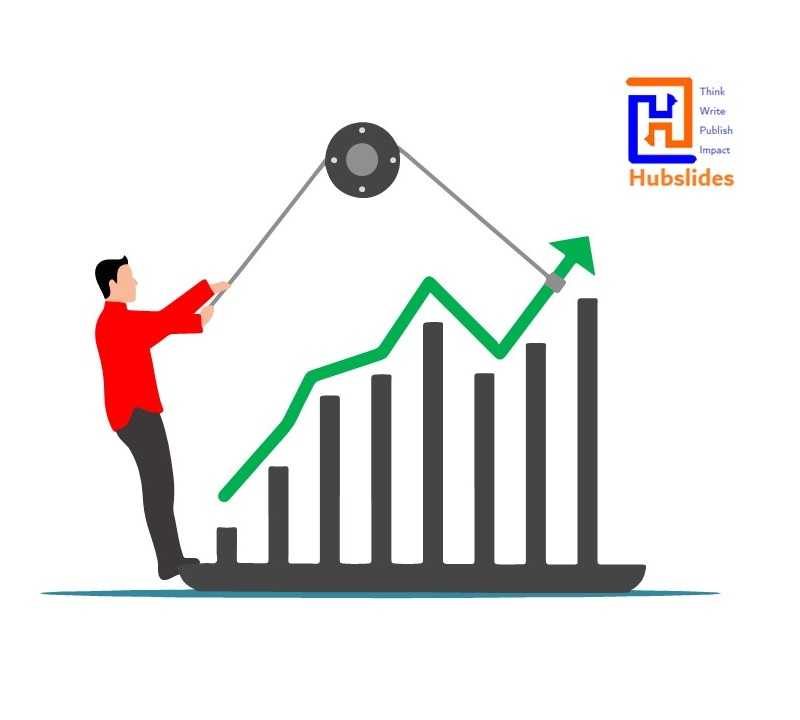Overview Of Life Cycle Of Products

The product life cycle is divided into four distinct stages, each with its own set of characteristics that have different implications for companies trying to manage the life cycle of their specific products.
What is the Life Cycle of a Product?
The product life cycle is the process that a product goes through from the time it is first introduced to the market until it is discontinued.
Stages of life cycle of Products
Introduction, growth, maturity, and decline are the four stages of the life cycle.
While some products may remain in a mature state for an extended period of time, all products eventually exit the market due to a variety of factors such as saturation, increased competition, decreased demand, and declining sales.

Stage 1: Introduction
For a company launching a new product, this stage of the cycle could be the most costly.
Because the market for the product is small, sales are low, though they are expected to grow.
However, the costs of things like research and development, consumer testing, and the marketing required to launch a product can be very high, especially if it's in a competitive industry.
The first stage after a product has been developed is its introduction. The product is being released into the market at this point.
When a new product is released, it is often a high-stakes period in the product's life cycle, even if it does not always determine the product's ultimate success.
Stage 2: Growth
The growth stage is characterized by rapid increases in sales and profits, and because the company can begin to benefit from economies of scale in production, profit margins and overall profit will increase.
This allows businesses to spend more money on promotional activities in order to maximize the potential of this stage of growth.
Other businesses become aware of the product and its market niche, which begins to attract attention and generate revenue.
If there is a lot of competition for a product, the company may still spend a lot of money on advertising and promotion to beat out the competition.
As a result of the product's expansion, the market as a whole expands.
Stage 3: Maturity
The product is established during the maturity stage, and the manufacturer's goal now is to maintain the market share they have gained.
For most products, this is the most competitive time of year, and businesses must invest wisely in any marketing they do.
They must also consider any product changes or production process improvements that could give them a competitive advantage.
When a product reaches maturity, sales tend to slow or even stop, indicating that the market is largely saturated. Sales may even begin to decline at this point.
At this point, pricing can become competitive, signaling a shrinking margin as prices fall due to external pressures such as competition or lower demand.
Marketing is focused on fending off competition, and companies will frequently develop new or altered products in order to reach different market segments.
Stage 4: Decline
The market for a product will eventually start to shrink, which is known as the decline stage.
This shrinkage could be the result of the market becoming saturated that is all of the customers who will buy the product have already done so or of consumers switching to a different type of product.
While this decline may be unavoidable, companies may still be able to profit by switching to less expensive manufacturing methods and markets.
In the decline stage, product sales plummet and consumer behavior shifts as demand for the product declines.
The company's product continues to lose market share, and sales are declining as a result of increased competition.
When a business is in decline, marketing is often minimal or targeted at existing customers, and prices are reduced.
Product Life Cycle Strengths and Weaknesses
Strengths
The product life cycle is regarded as a simple yet effective model. Effective and timely marketing will take the product through each stage if the model is followed, and it can be planned ahead of time.
When the product is in the stages of growth and maturity, the product life cycle can also be used to alert the marketer to incorporate extension strategies during this period in order to maintain the high-profit level.

Weaknesses
Because there are constant short-term fluctuations due to external factors, it is difficult to determine which stage the product is in.
As a result, marketing actions may be taken too early or too late. Failure to recognize the product stage in the product life cycle model can lead to business failure, especially for small businesses.
To sum up, the model can only be used to aid in the identification of the symptoms associated with each stage.
There is no physical way to show this on the product life cycle model because each product will spend different amounts of time in each stage.
However, the better your financial management, the easier it will be to track individual products.
Reference
Author Bio
The Editorial staff includes content researchers from various areas of knowledge. They add a plethora of expertise to the Hubslides Editorial team. They constantly and frequently oversee, produce and evaluate contents that are most ideal to aid impacting knowledge to readers.
Article Comments
No Comments!
At present there are zero comments on this article.
Why not be the first to make a comment?
Similar Articles
Sponsor
Search Articles
Experts Column
Latest Articles
Featured Articles
Most Popular Articles












